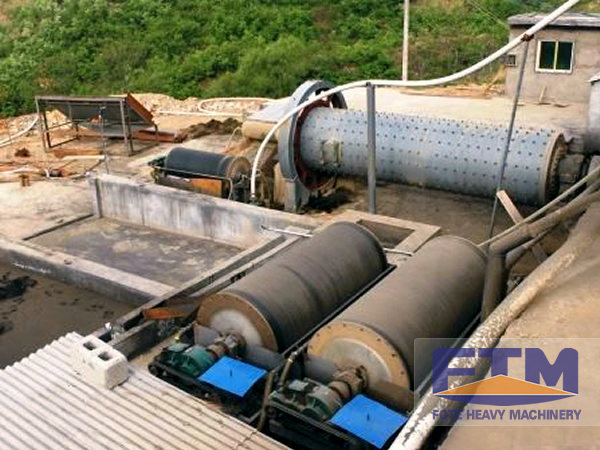Email us: info@sinoftm.com
The adjustment of mineral resources policy imposes a higher demand on iron ore dressing equipment. How to improve the screening rate of beneficiation equipment has always been the headache question of mineral processing enterprises. Fote Machinery spares no effort to improve the screening rate of iron ore dressing equipment. Why our iron ore dressing equipment has such a high sieving rate?

1. Adopt an equal-thickness screening rate. With the screening process progressing, the material thickness on the screen surface gradually thins from the feeding end to the exhaust end, which results in the utilization ratio of the sieve surface unreasonable. To deal with this, we can adopt bent surfaces with different dip angles in order to control material's moving velocity on different sections of the surface and increase the chance for the difficult-to-sieve particles to go through.
2. Increase the sieving area. Practice has proved that it can improve the screening efficiency by decreasing the amount of materials on the sieve. When the actual material amount on the sieve is 80% of its sieving capacity, the screening efficiency is the highest.
3. Adopt the gradually increasing multi-deck screen. When using the ordinary single-deck screen to charge, nearly all the particles larger than the sieve hole will move to the discharge end from the feeding end, and thus influences the layering and screen-penetrating of the medium and fine particles. So we should adopt a multi-deck screen whose sieve hole is gradually increasing from the lower to upper and screen slope decreases gradually, so as to overcome mesh-plugging and improve the screening efficiency.
4. Adopt a large-size screen. The large-size screen has bigger vibratory force and amplitude, which increases the sieve plate's impact stress and shearing stress and overcomes the adhesion between the particles and reduces the plugging of the sieve surface.
5. Adopt a rational dip angle. Control materials' flow velocity on the surface. Generally speaking, a big dip angle is conductive to a fast flowing speed and high production capacity, but has low efficiency.